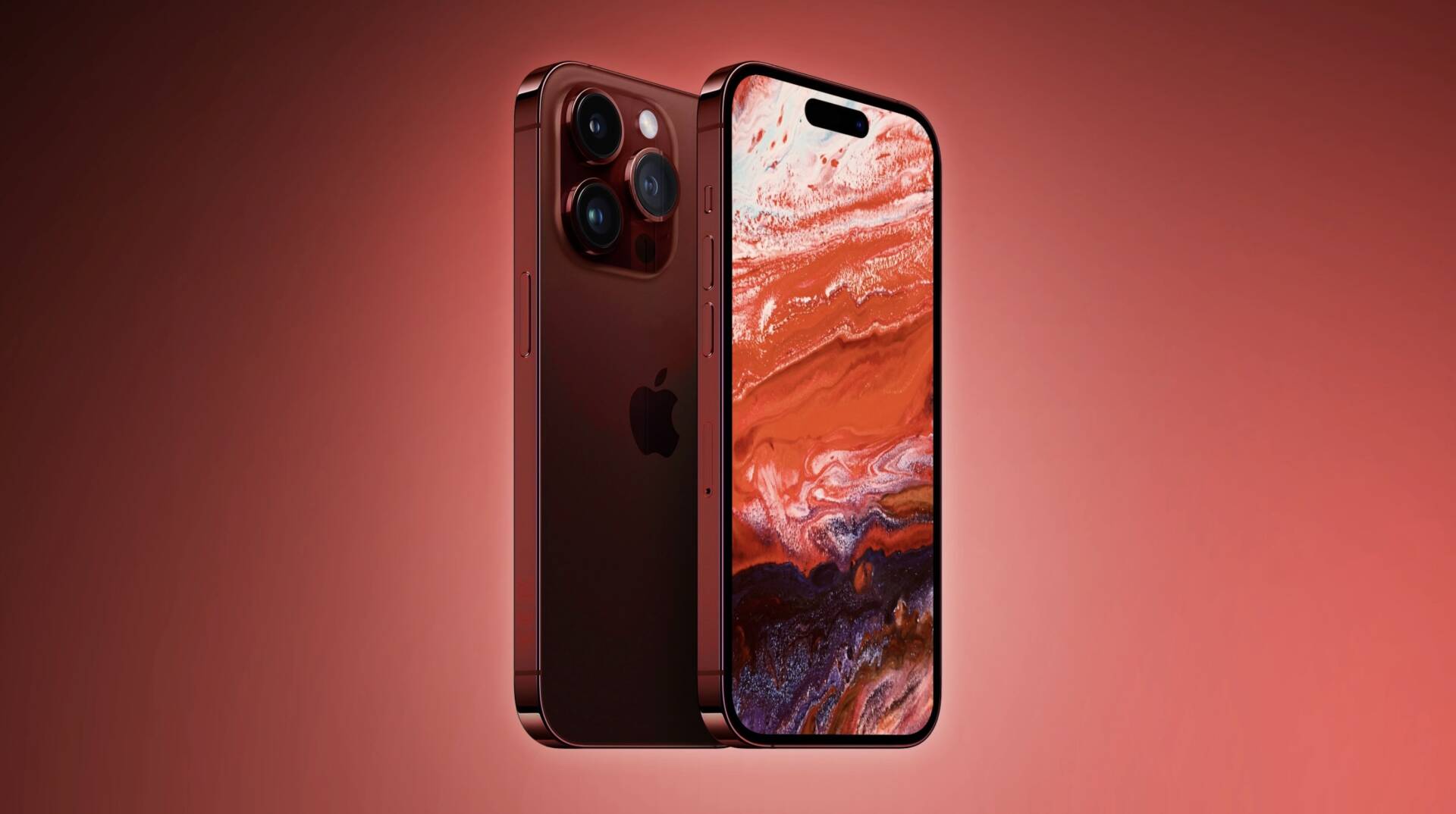With the iPhone 15 now available to preorder, many of us are wondering whether or not to upgrade. The new model offers plenty of extra features, like 48-megapixel cameras and USB-C.
However, it’s also a lot more expensive than its predecessor. Is it worth the extra cost? Let’s find out!
Is the iPhone 15 128GB worth the upgrade?
The iPhone 15 and its Pro counterpart are a lot like last year’s models, but with more powerful chips and cameras. They’re also lighter, and thanks to a new titanium frame for the Pro models (the same material used on the Mars rover), significantly thinner.
Another nice upgrade is the inclusion of USB-C. This means you can use your existing USB-C cables, although you won’t be able to charge them as fast.
But there are a couple of things you’ll miss out on if you go for the non-Pro iPhone 15. You won’t get dynamic island, which bubbles up notifications and Live Activities on your home screen. You’ll also be stuck with a 60 Hz display refresh rate. This is one of the few remaining areas where Apple’s phones lag behind most competing devices. The rumoured upcoming “Ultra” model should address this issue, though. It’s expected to feature a 2TB storage option and an 8K periscope camera.

Performance difference between iPhone 15 and iPhone 14
While the vanilla iPhone 15 doesn’t look much different from the iPhone 14 (both have a similar design and dimensions), it offers significant performance upgrades and superior cameras. The device also has a new iphone 15 128gb chinh hang 48MP image sensor that allows you to shoot high-quality photos with more detail.
In addition, the iPhone 15 uses the more advanced A16 Bionic chip that’s found in the Pro-level devices. This makes the phone feel snappier when streaming, swiping, and gaming.
Another major difference is that the iPhone 15 features a larger 6.1″ Super Retina XDR display with HDR support. This displays brighter and more colorful content, making it easier to read in sunlight. It also supports Dynamic Island, which bubbles up notifications and Live Activities so you won’t miss them. In addition, the iPhone 15 includes a USB-C port for faster charging and data transfer rates. Lastly, it is water-resistant and comes with a protective color-infused glass and aluminum design.
Camera upgrades in iPhone 15 vs iPhone 14
Apple’s iPhone 15 series brings a number of important camera upgrades that weren’t available in the iPhone 14 model. These include Dynamic Island, a powerful 48MP main camera, and USB-C support. The latter is particularly welcome for photographers, video producers, and anyone who needs a premium-feeling smartphone.
The 48MP main camera in the iPhone 15 can capture photos with more detail than the 12MP sensor in the iPhone 14, and it has a new telephoto lens for better zooming capabilities. It also supports HEIF image formats, which can result in smaller file sizes while maintaining image quality.
Ultimately, the iPhone 15 offers a number of significant upgrades that make it worth the upgrade for most existing users. However, those who want a more premium-feeling device can still consider the iPhone 14. It has a great telephoto camera and plenty of performance to offer, and it’s already future-proofed thanks to the USB-C port. Moreover, it’s cheaper than the iPhone 15. Hence, it makes sense for most users to upgrade to the iPhone 15 this year.
Storage capacity in iPhone 15 128GB and iPhone 14 128GB
The iPhone 15 series, like its predecessors, doesn’t have a microSD card slot for expanded storage. Therefore, you have to either buy a compatible USB-C drive or opt for iCloud for added storage space. If you use your phone to shoot high-resolution photos and videos, download movies or songs, or play games, you will need a lot of storage space.
128 GB should be sufficient for most people. But if you plan to shoot 4K video or have an extensive offline media library, 256 GB may be better.
However, the best storage option for iPhone depends on your personal needs and usage patterns. For example, if you don’t shoot a lot of video and you stream most of your music or movies, a 128 GB iPhone should be adequate. Moreover, you can always purchase additional iCloud storage for just $120 a year and share it with family members. This way, you can avoid the hassle of constantly deleting files and freeing up space on your phone.